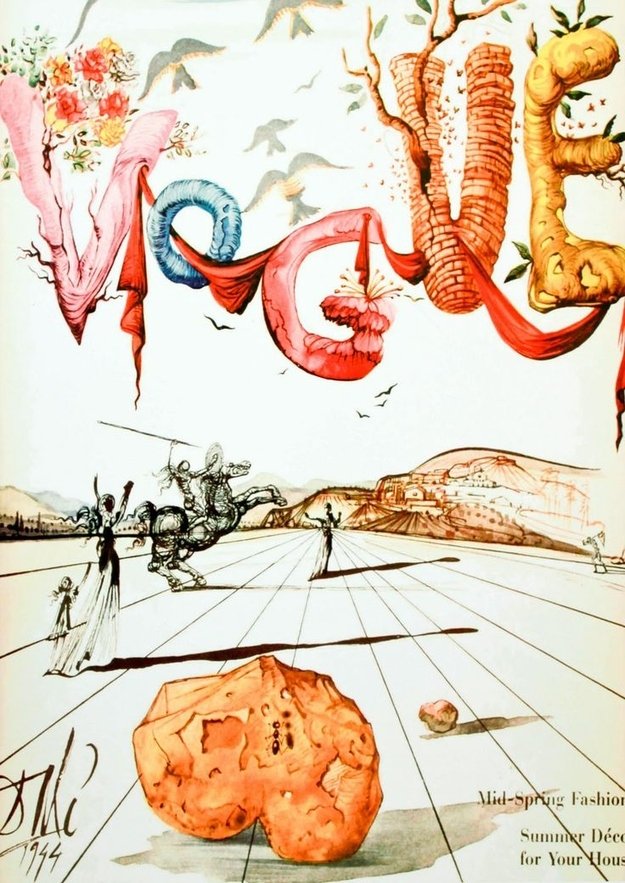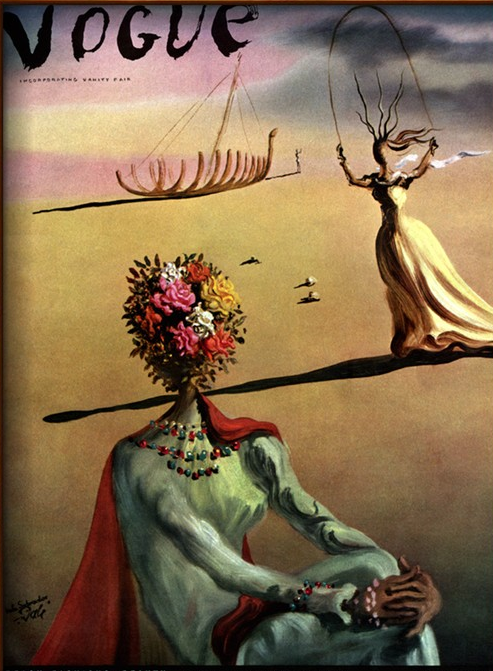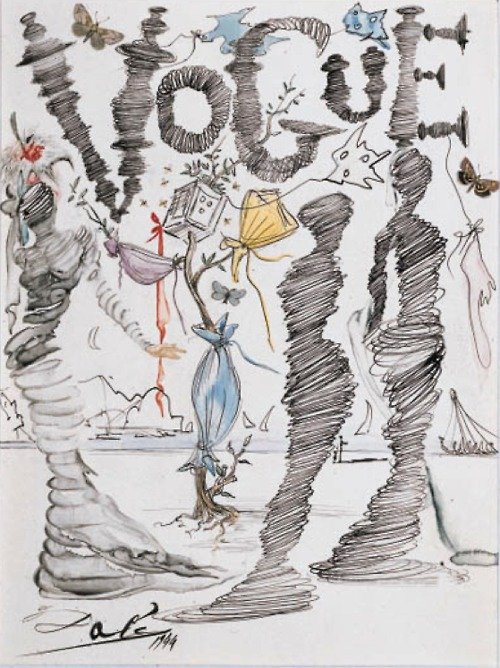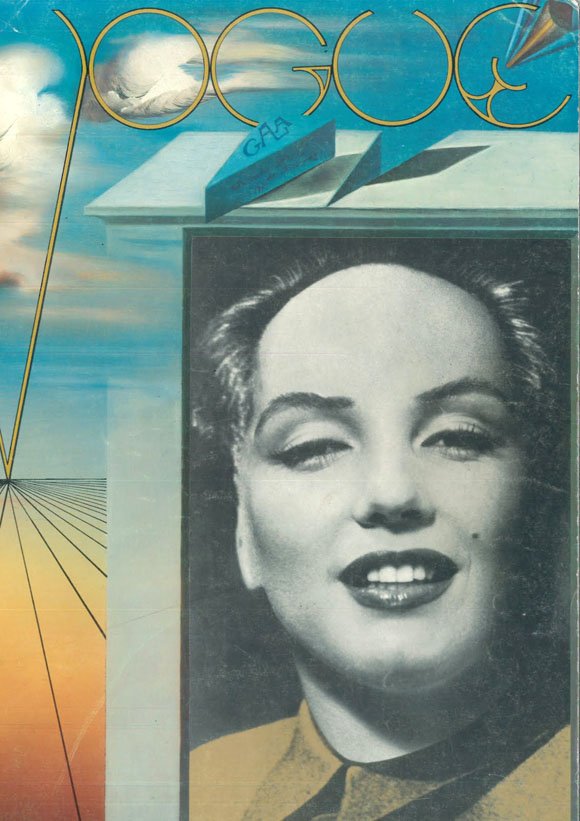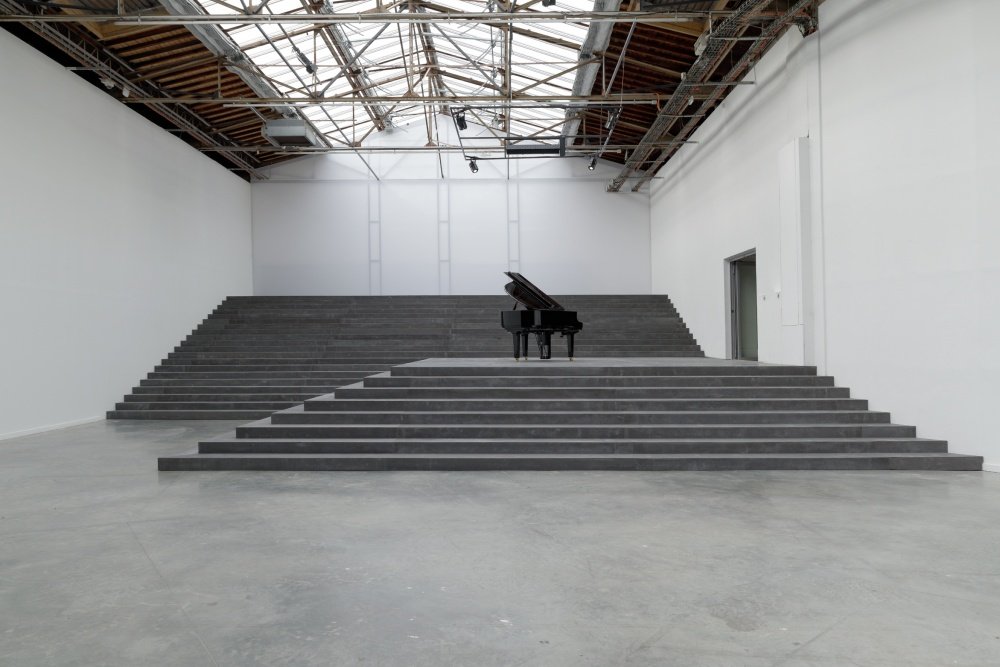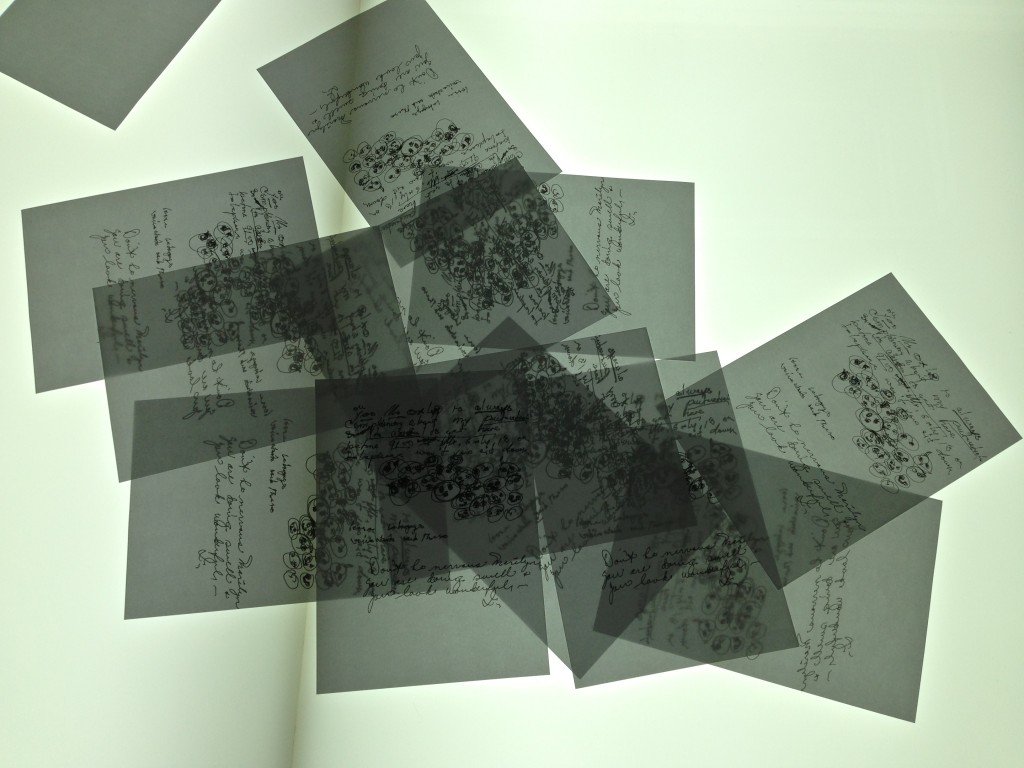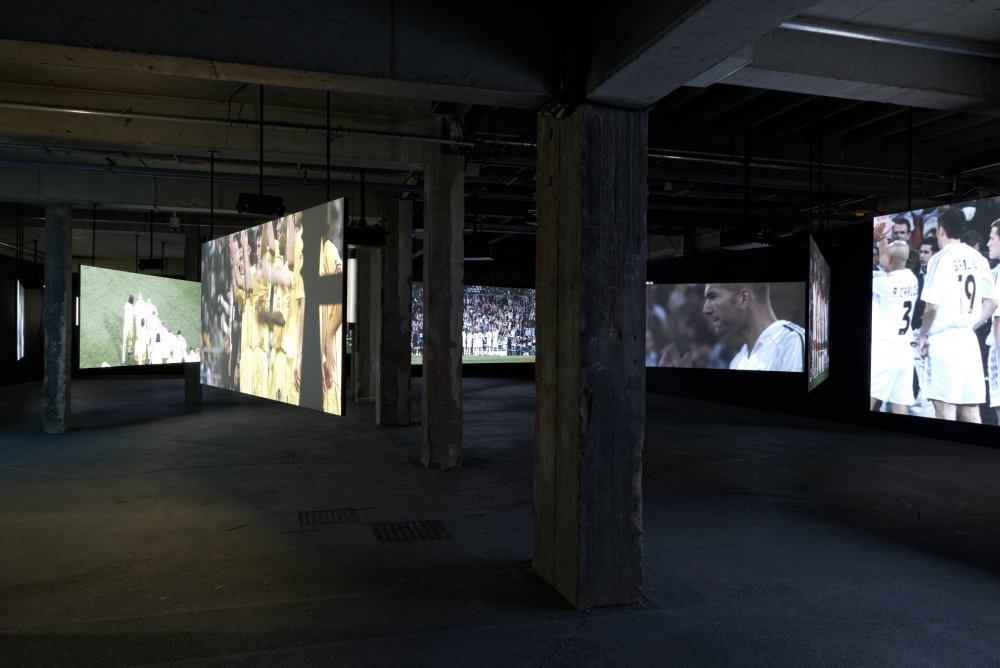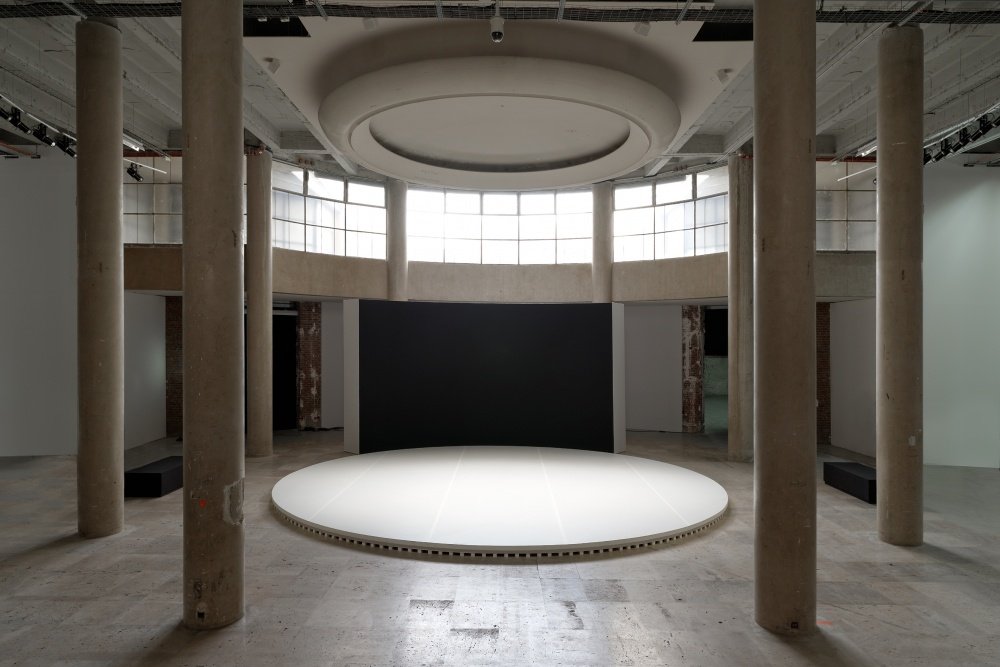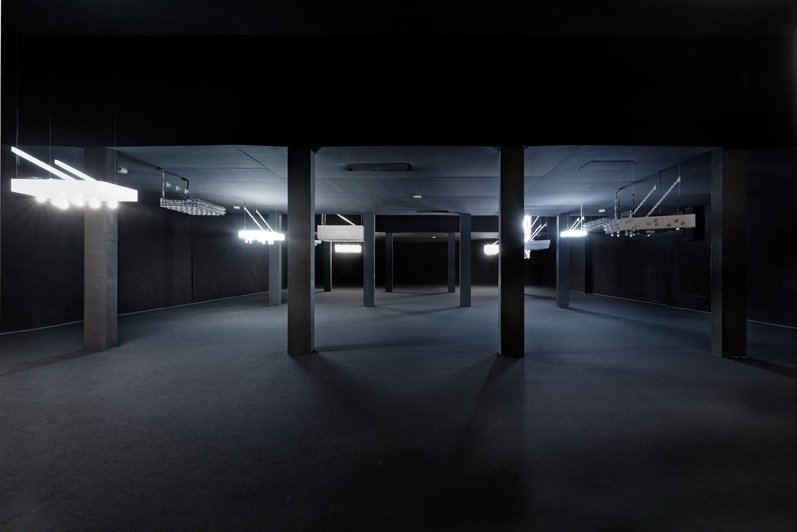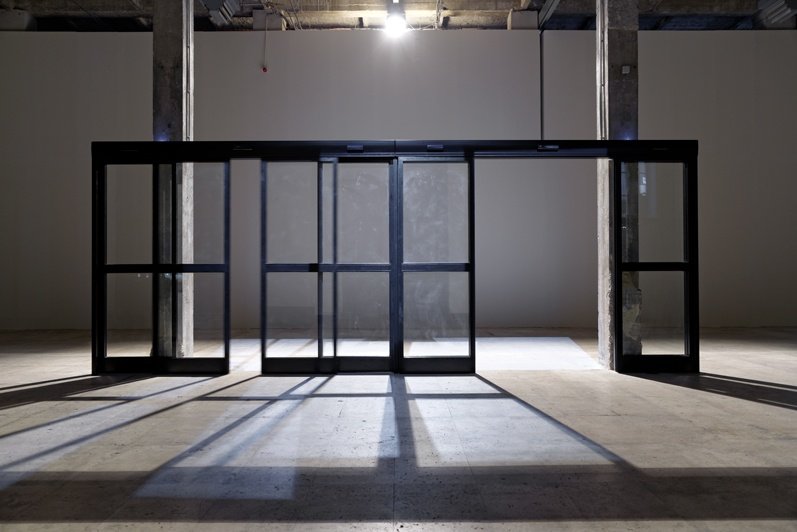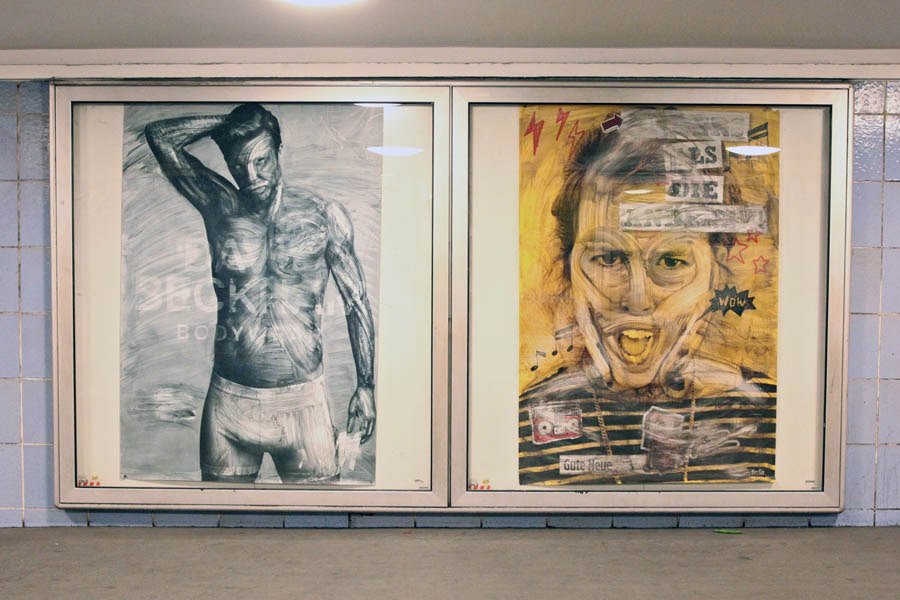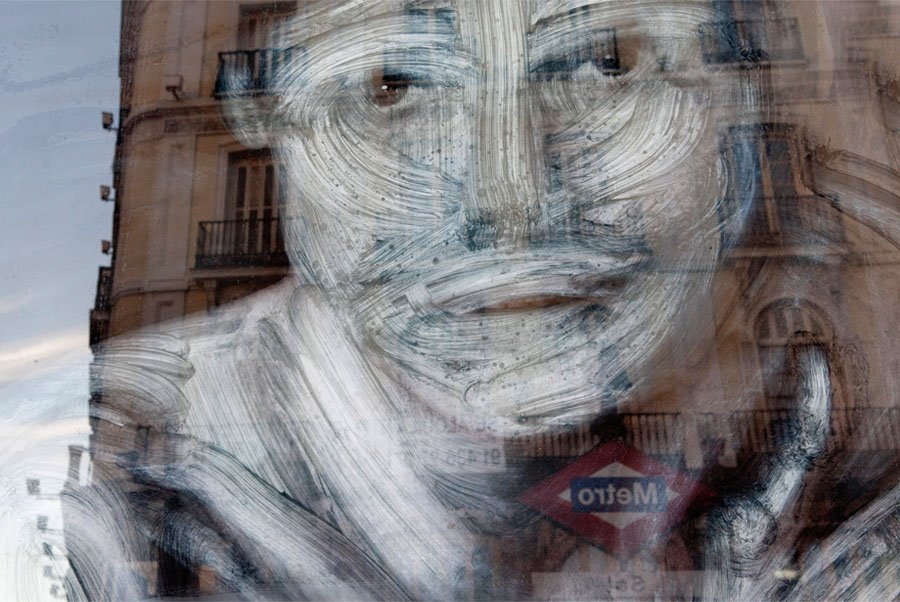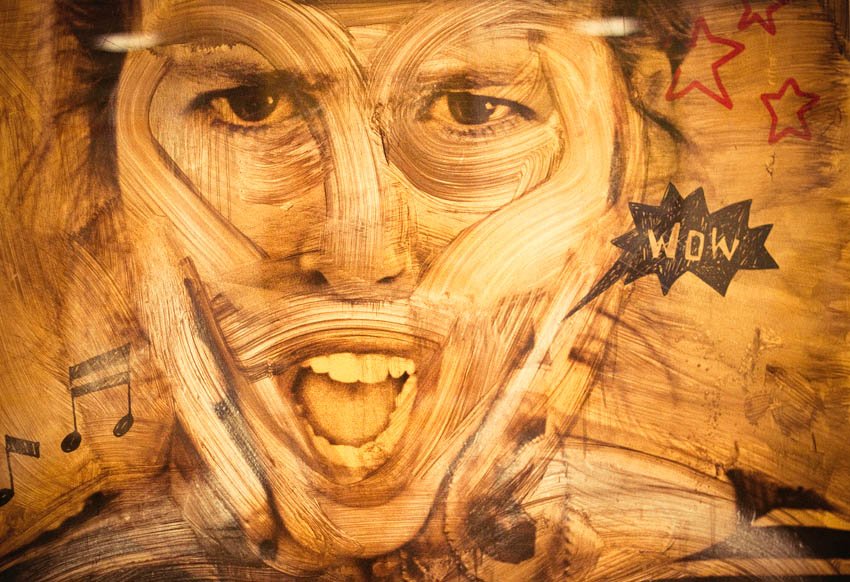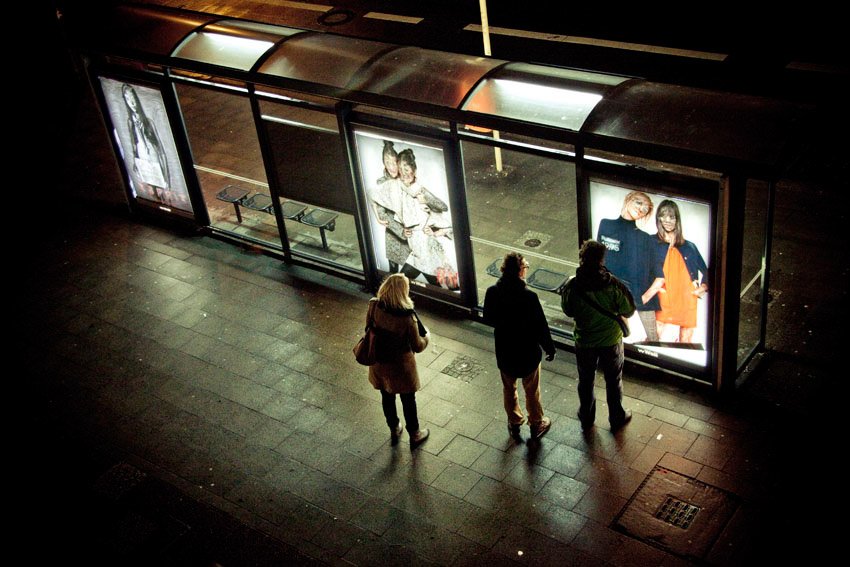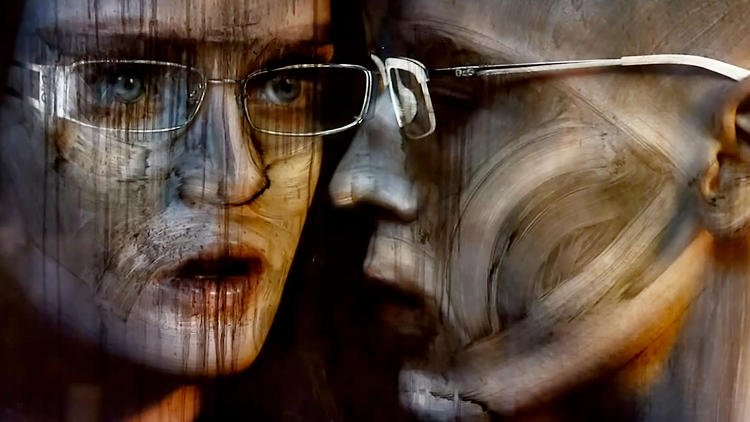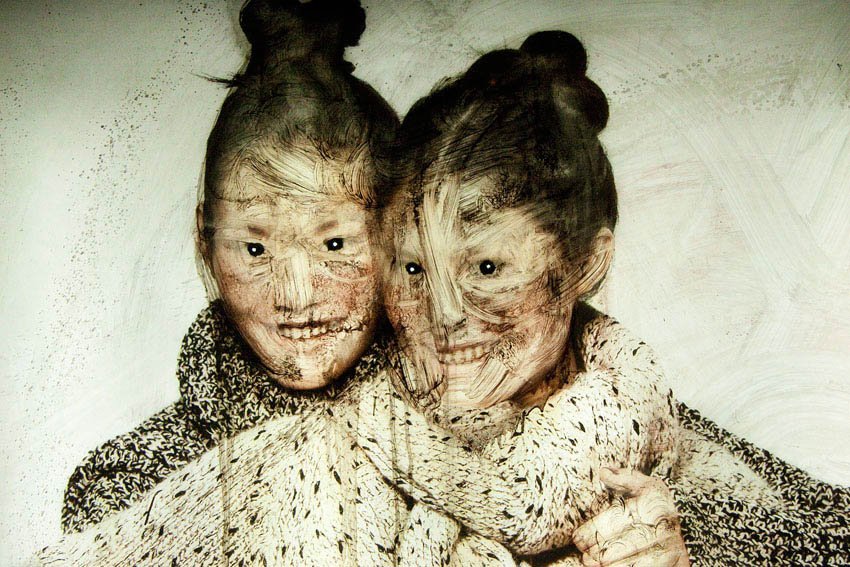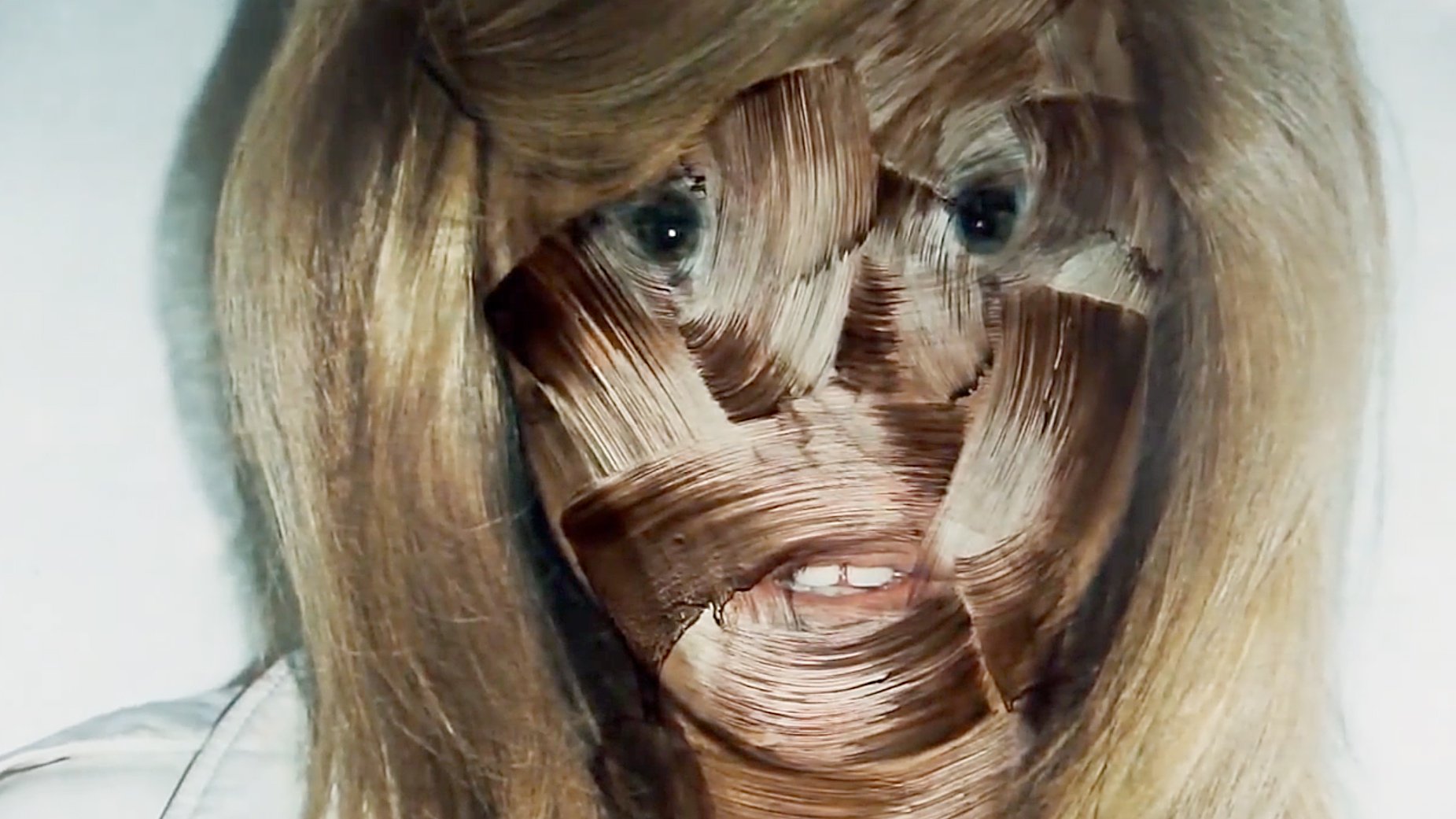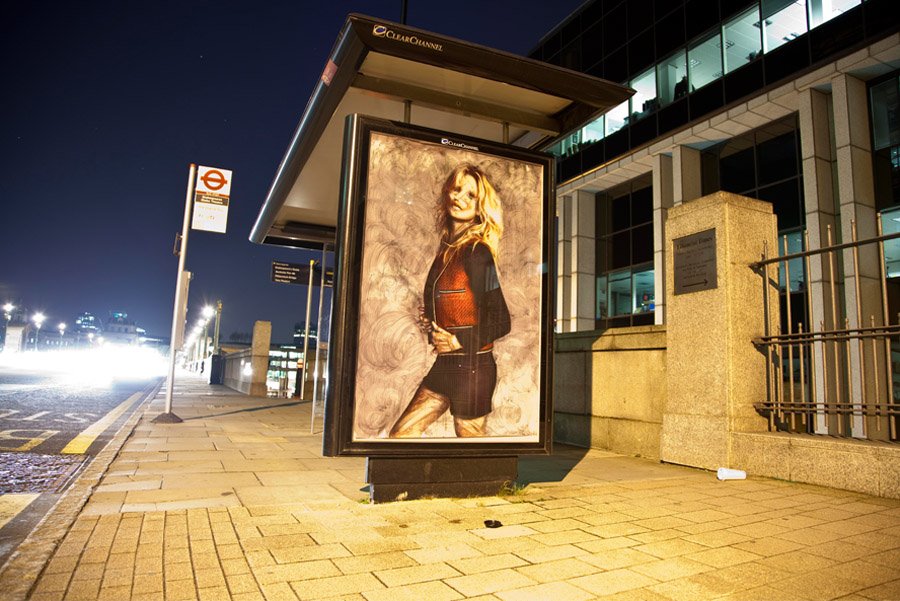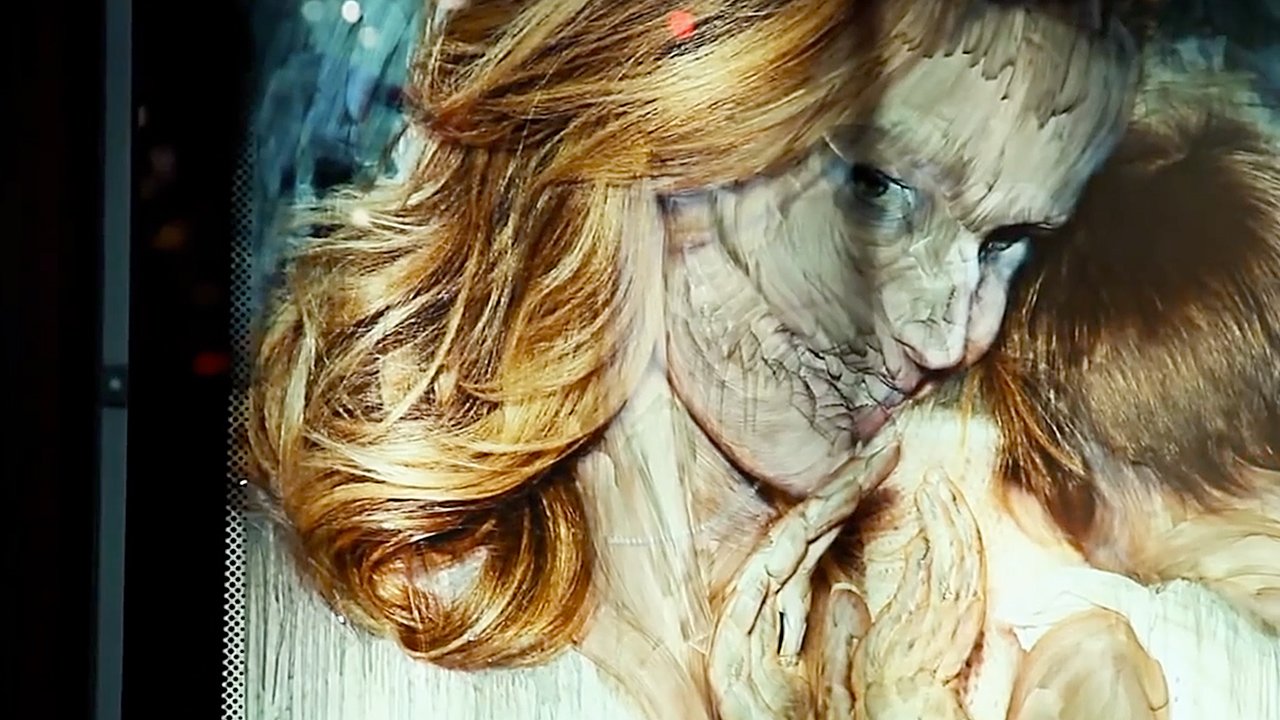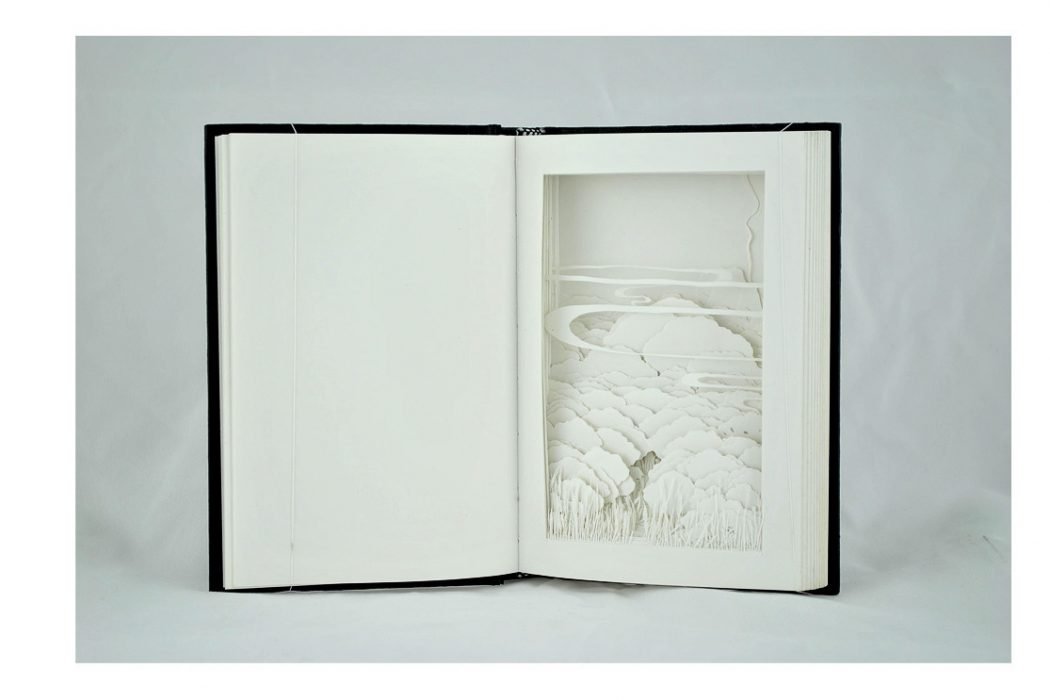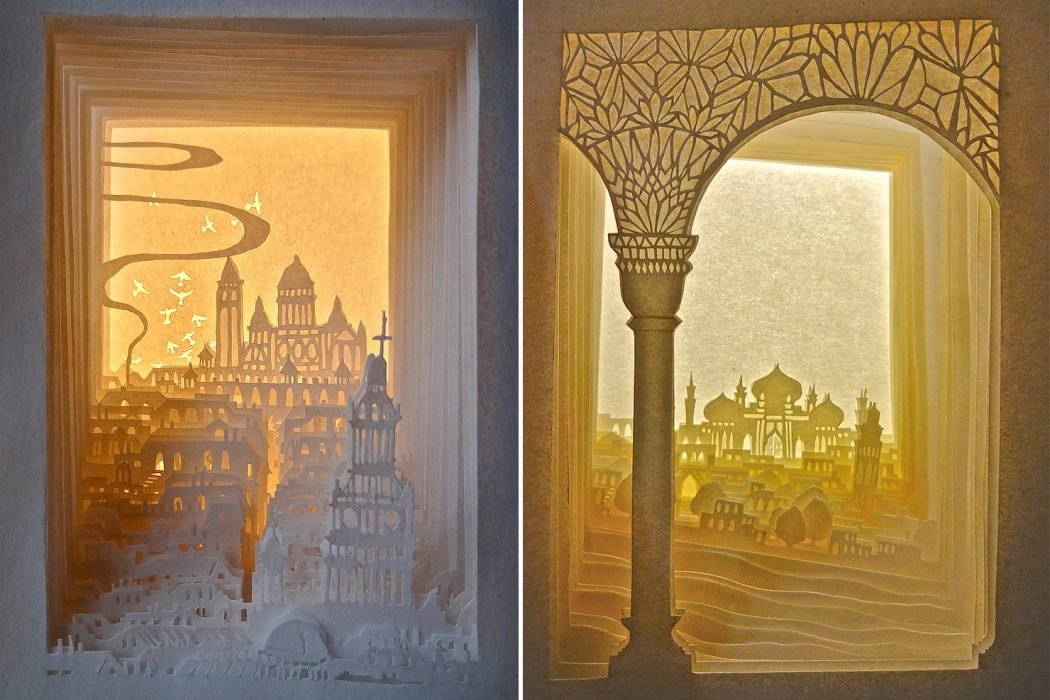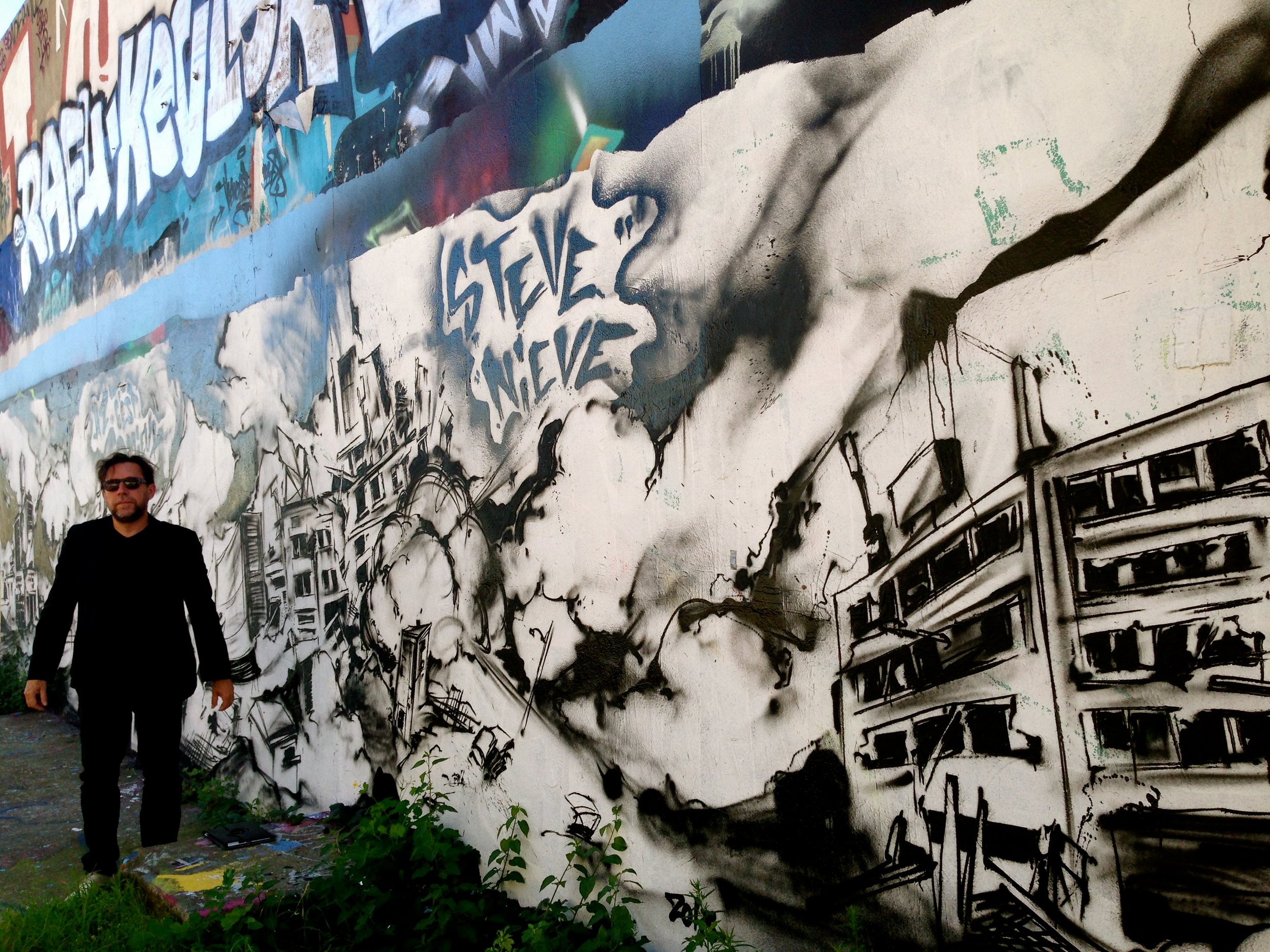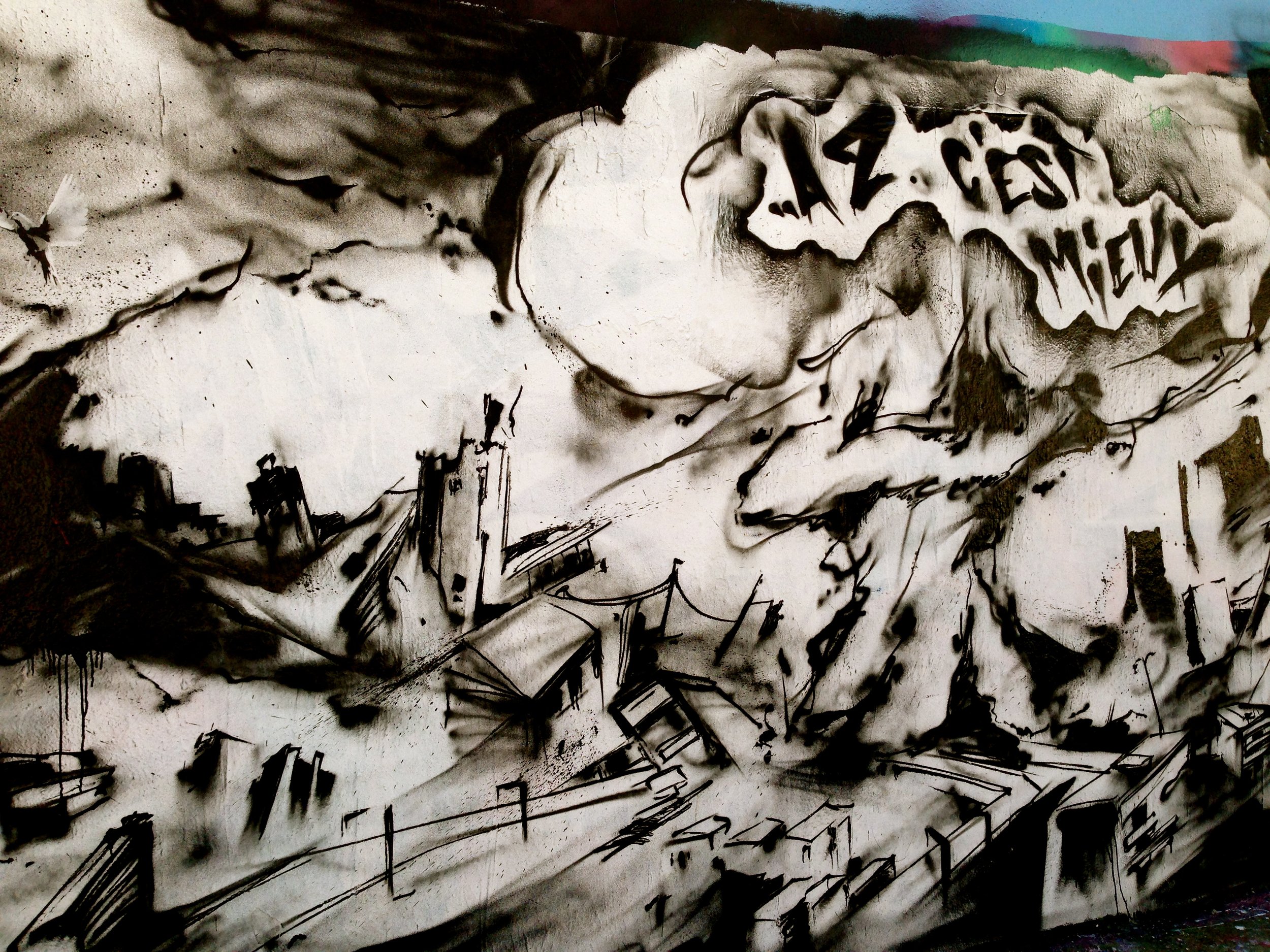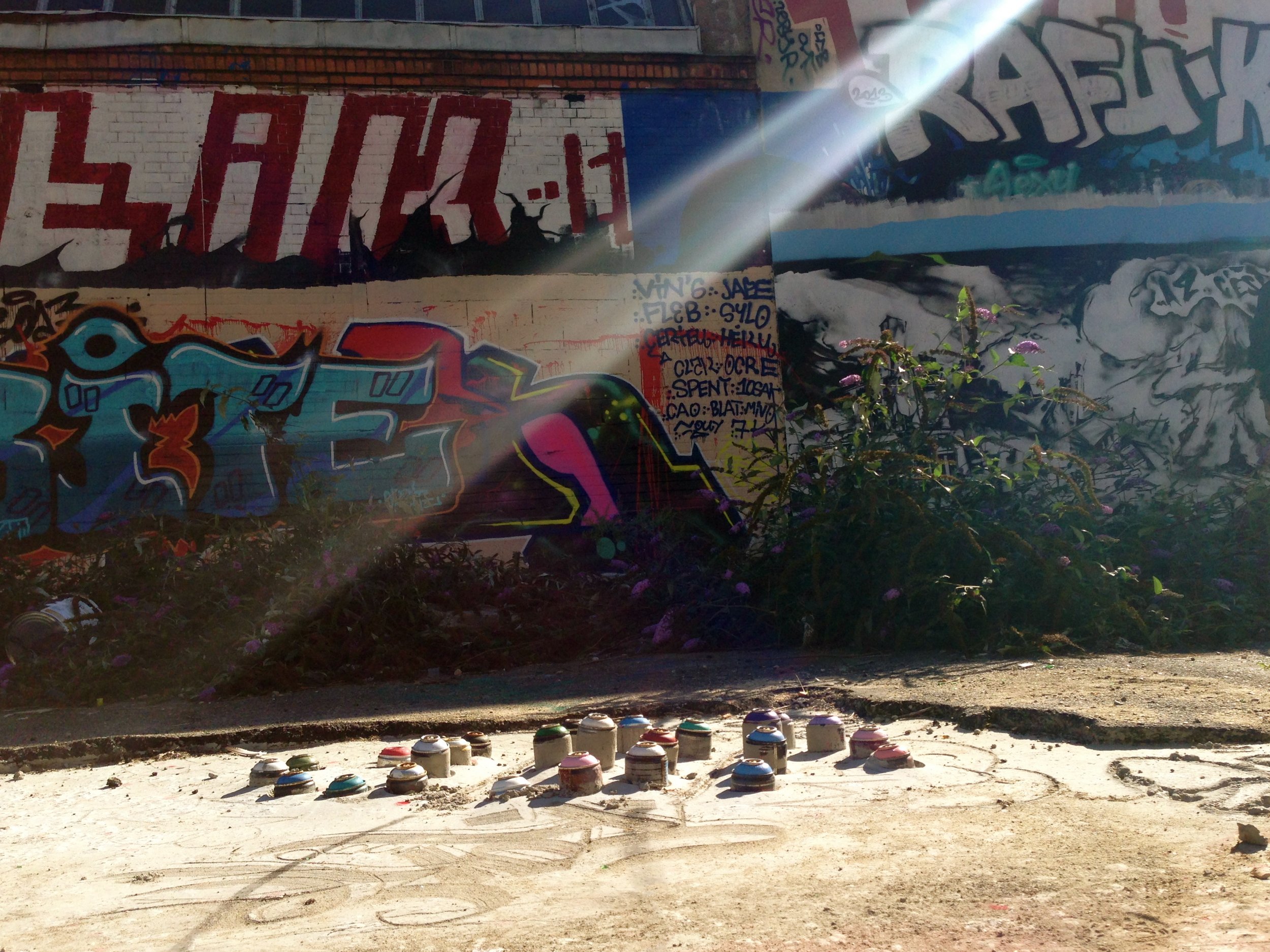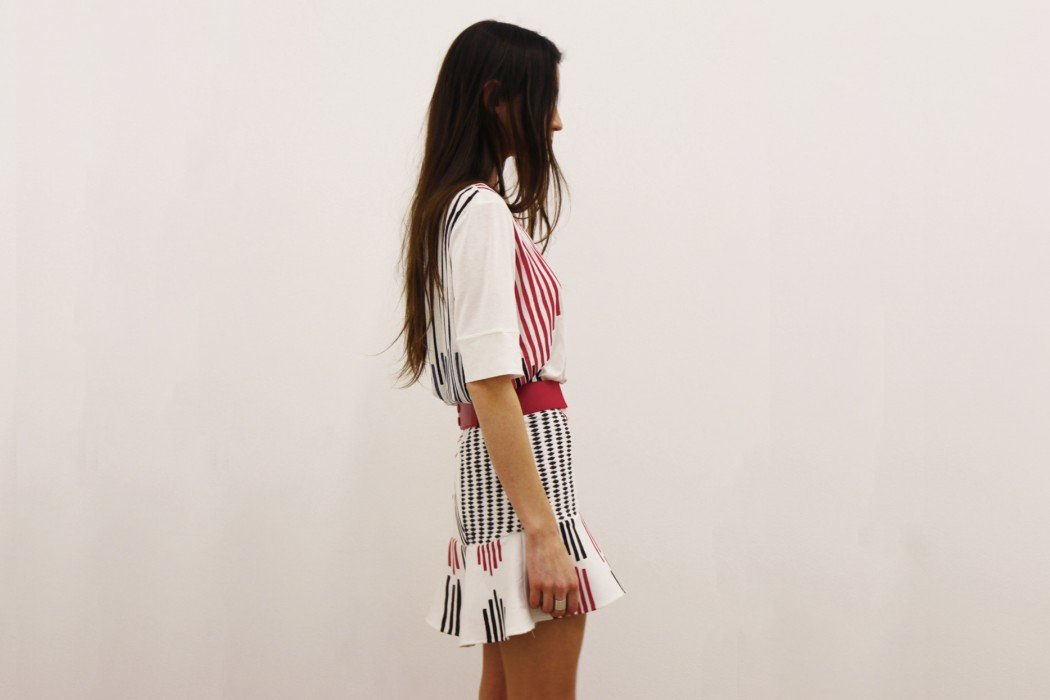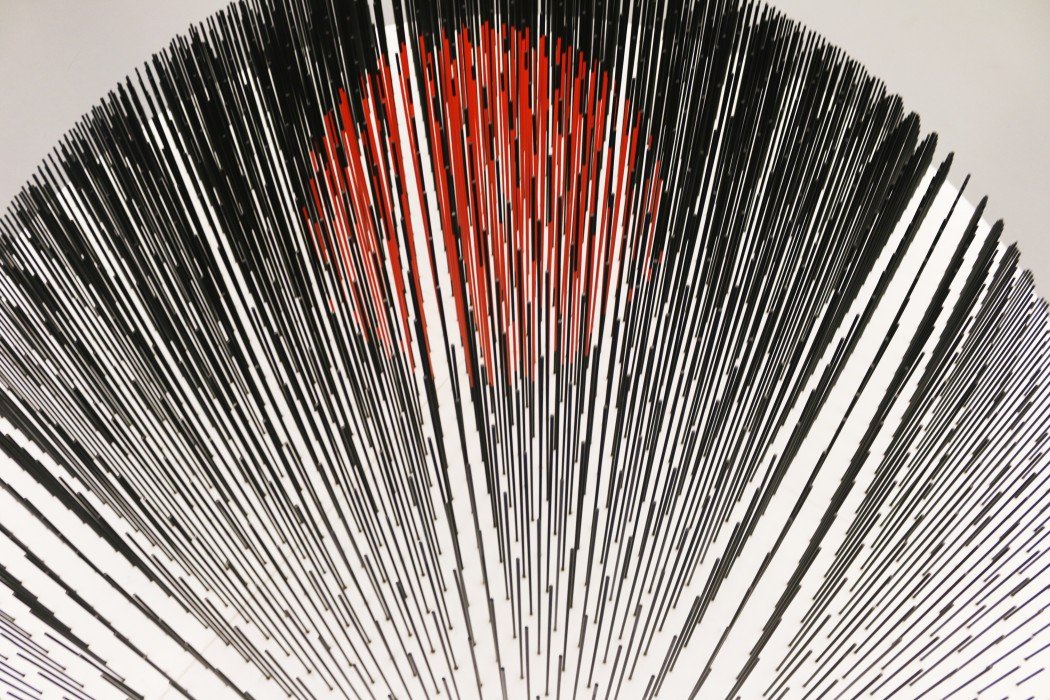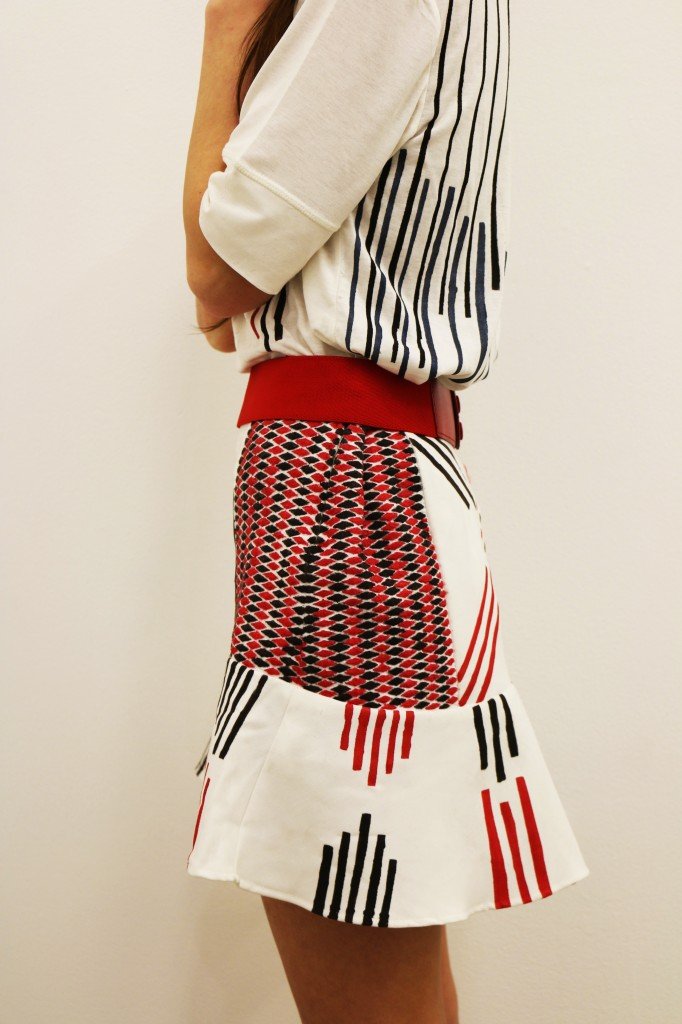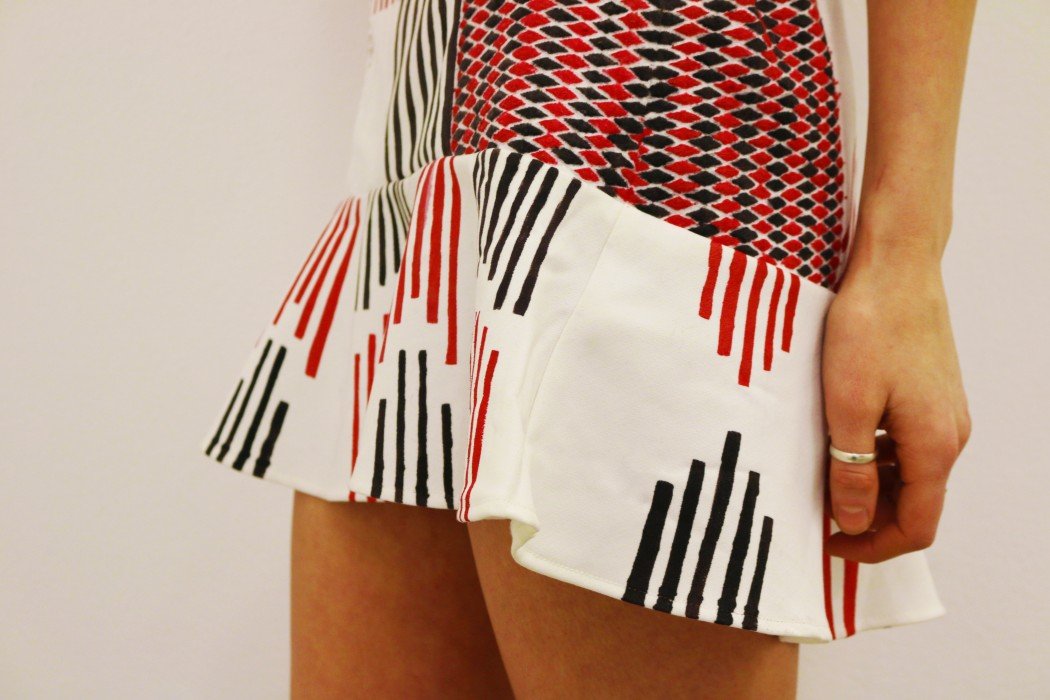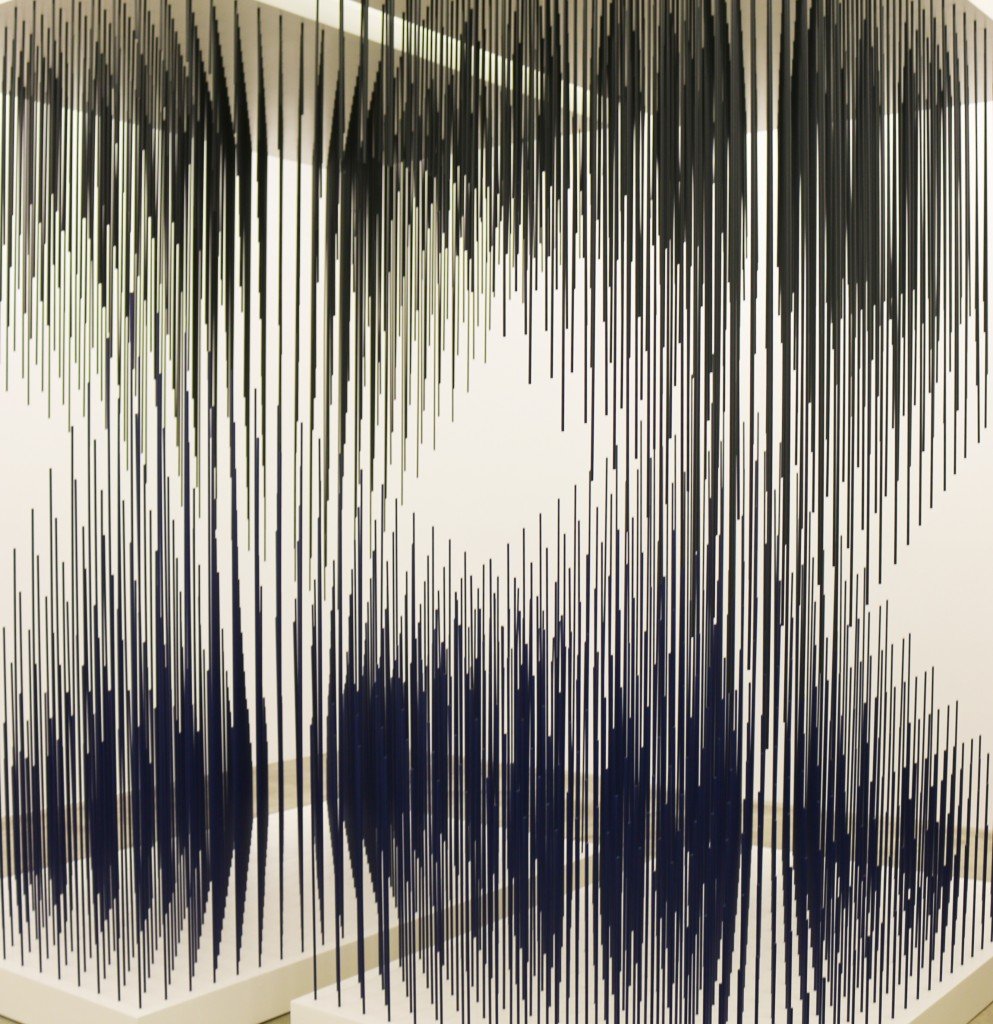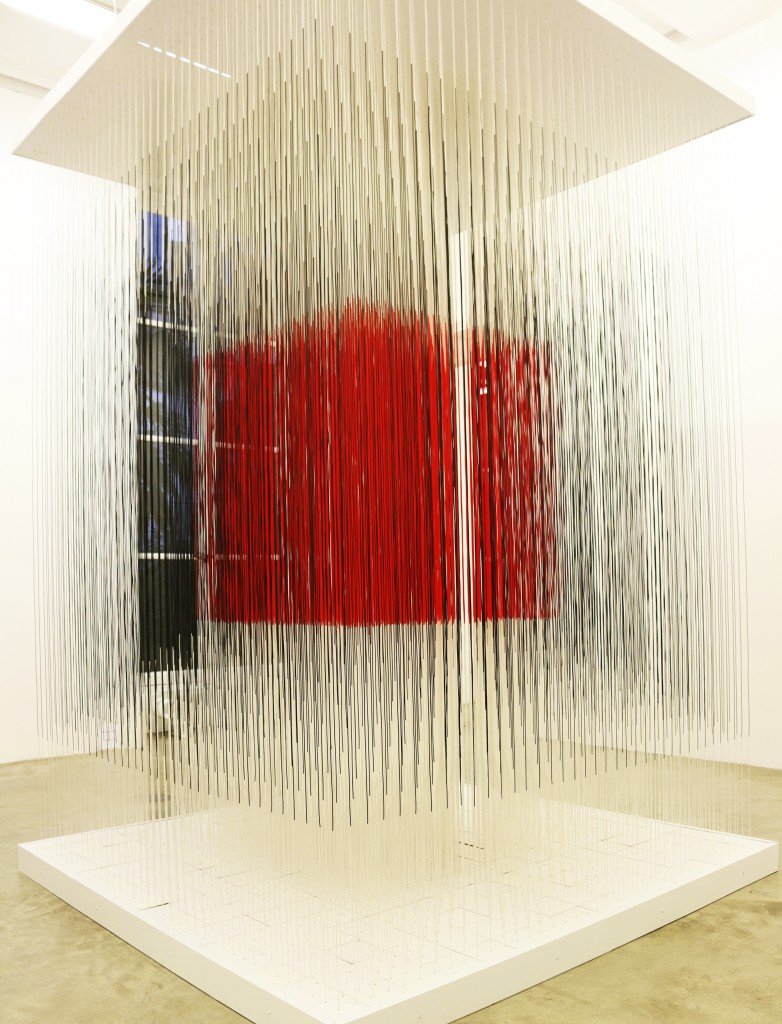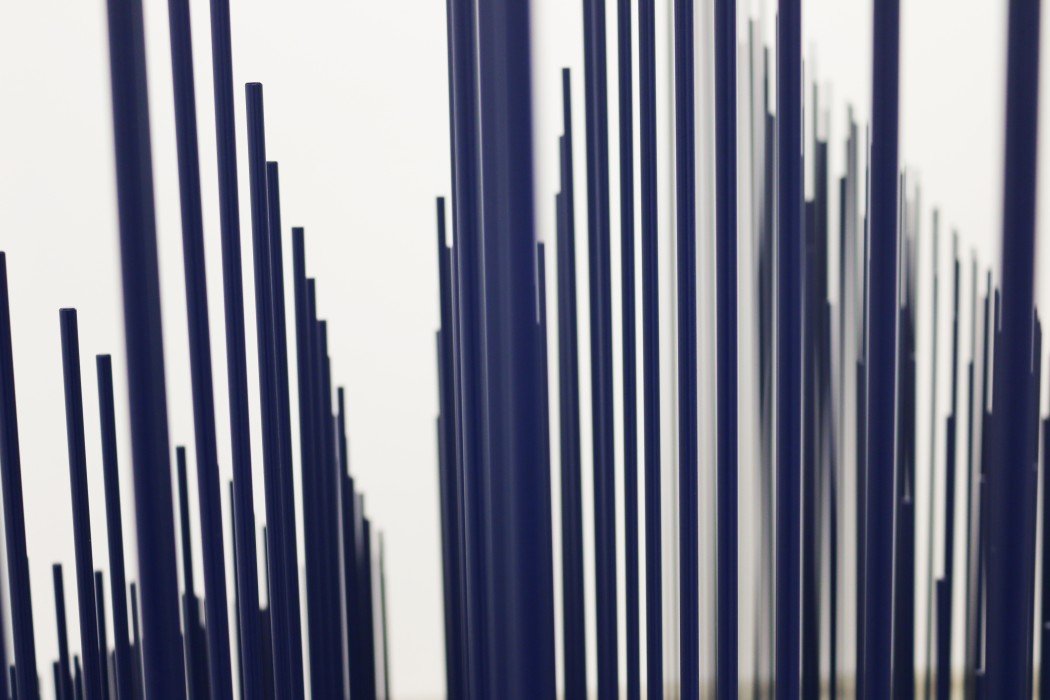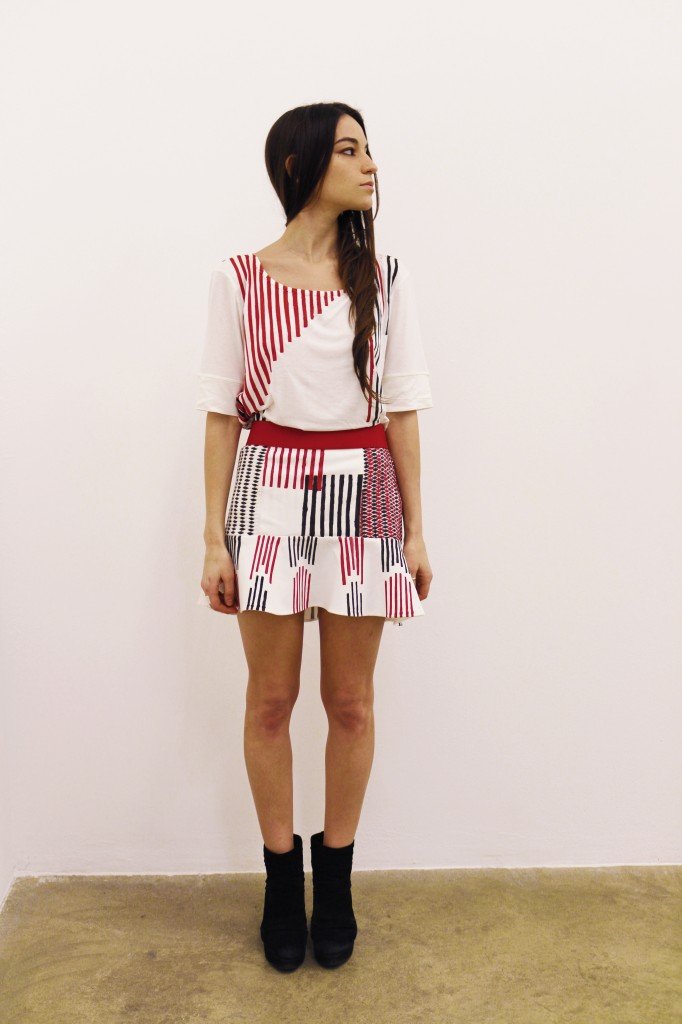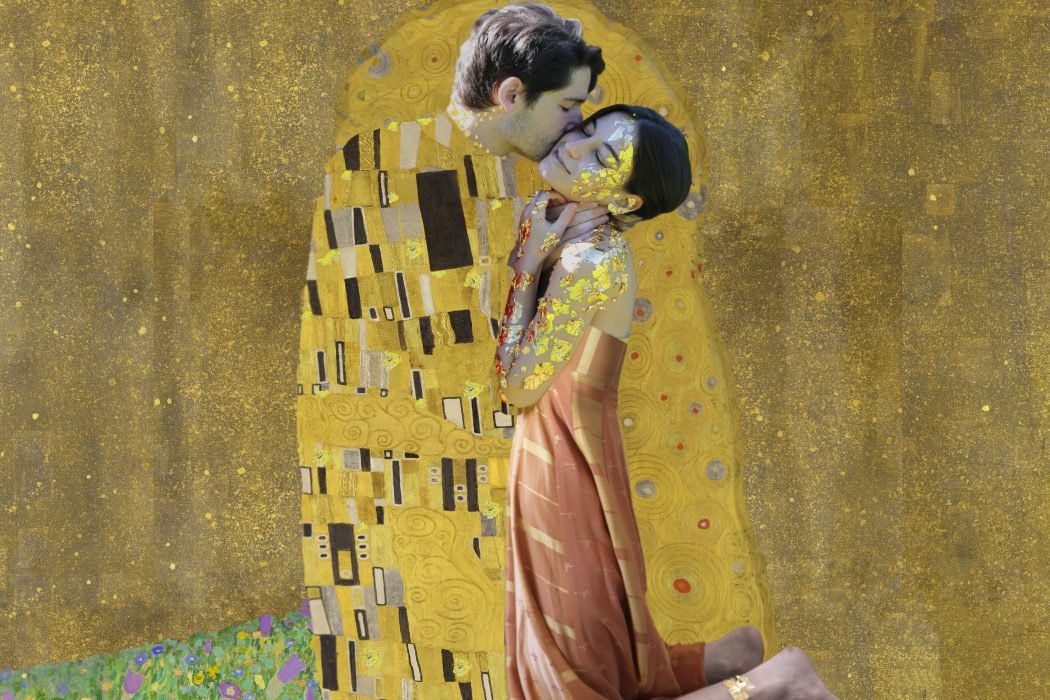An imaginary interview with Gustav Klimt…
Who are you?
Whoever wants to know something about me – as an artist which alone is significant – they should look attentively at my pictures and there seek to recognise what I am and what I want.
What do you want?
Truth is like fire; to tell the truth means to glow and burn
What is art to you?
All art is erotic…
How do you paint?
There is nothing that special to see when looking at me. I’m a painter who paints day in day out, from morning till evening – figure pictures and landscapes, more rarely portraits.
Where do you paint?
If the weather is good I go into the nearby wood – there I am painting a small beech forest (in the sun) with a few conifers mixed in. This takes until 8 ‘o clock.
After tea it’s back to painting – a large poplar at dusk with a gathering storm. From time to time instead of this evening painting session I go bowling in one of the neighbouring villages, but not very often.
What else do you do to relax?
True relaxation, which would do me the world of good, does not exist for me.
So are you always painting?
Today I want to start working again in earnest – I’m looking forward to it because doing nothing does become rather boring after a while.
Interesting how your portraits have become your best known work… Have you ever painted yourself?
There is no self-portrait of me. There is nothing that special to see when looking at me…
Your limitations?
I have the gift of neither the spoken nor the written word, especially if I have to say something about myself or my work. Whoever wants to know something about me -as an artist, the only notable thing- ought to look carefully at my pictures and try and see in them what I am and what I want to do.
What do you feel when faced with writing?
Even when I have to write a simple letter I’m scared stiff as if faced with looming seasickness.
Phasellus at arcu arcu. In non vestibulum magna. Morbi eu tempor dui. Pellentesque habitant morbi tristique senectus et netus et malesuada fames ac turpis egestas. Nam tempor eleifend diam, nec rutrum turpis gravida at. Sed viverra suscipit mi, eget consequat leo tristique sed. Proin vestibulum egestas metus in convallis. Nunc non massa quis libero mattis sollicitudin.



















